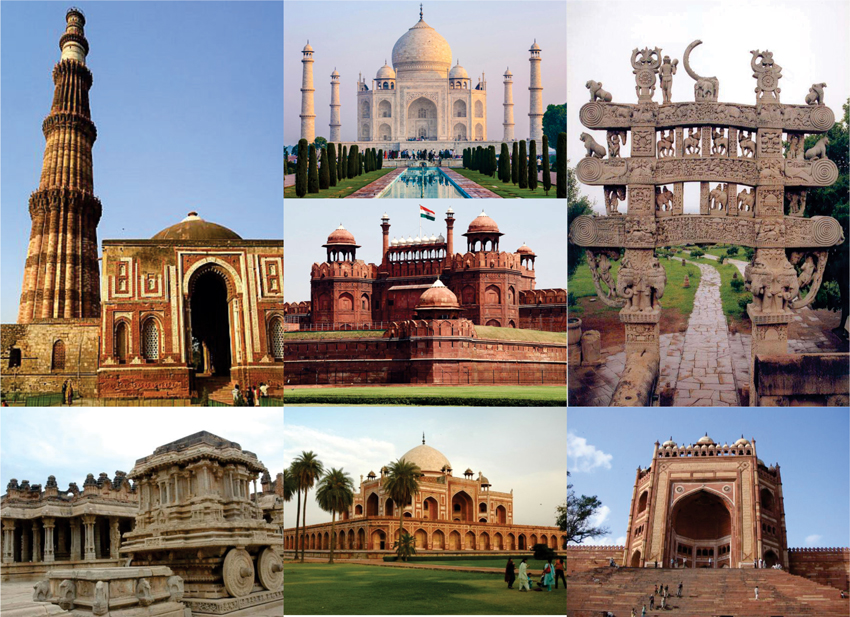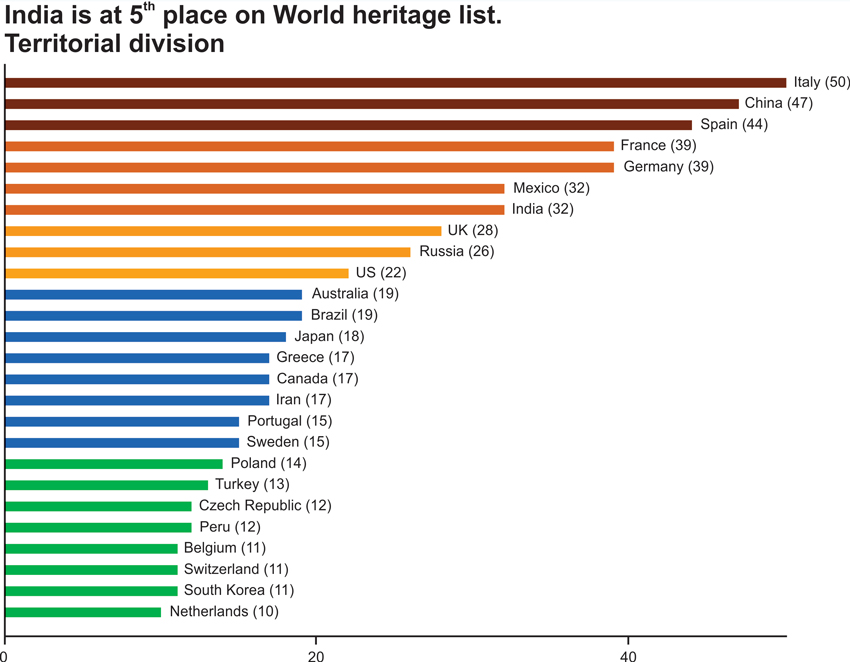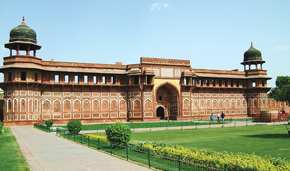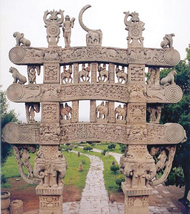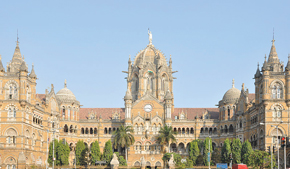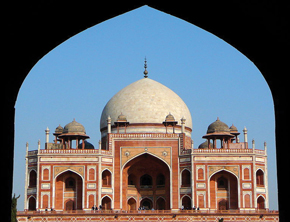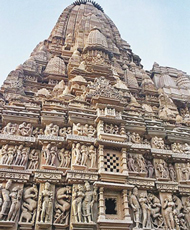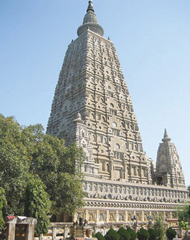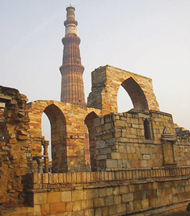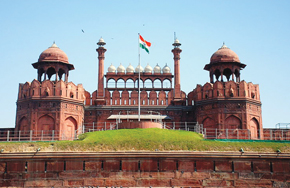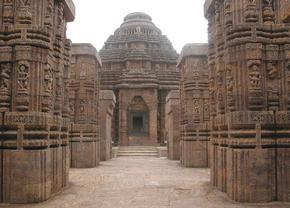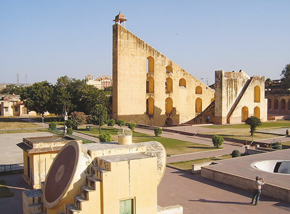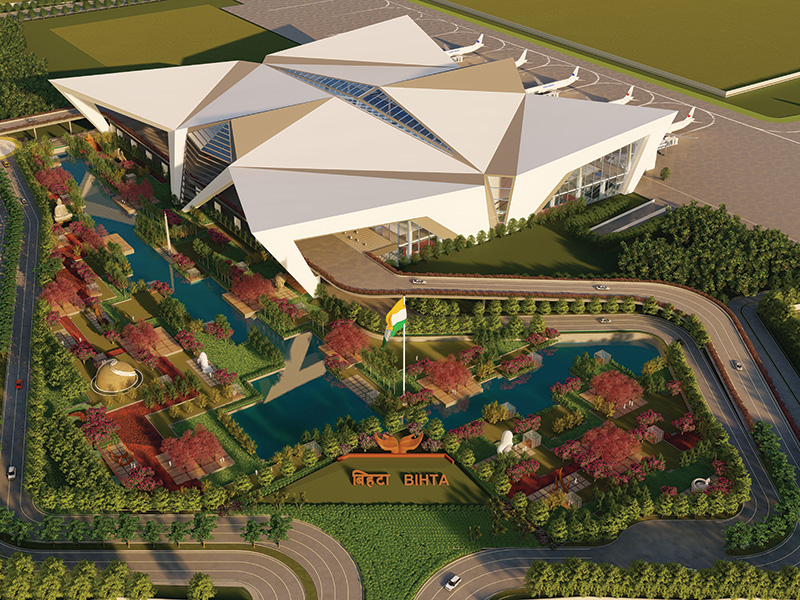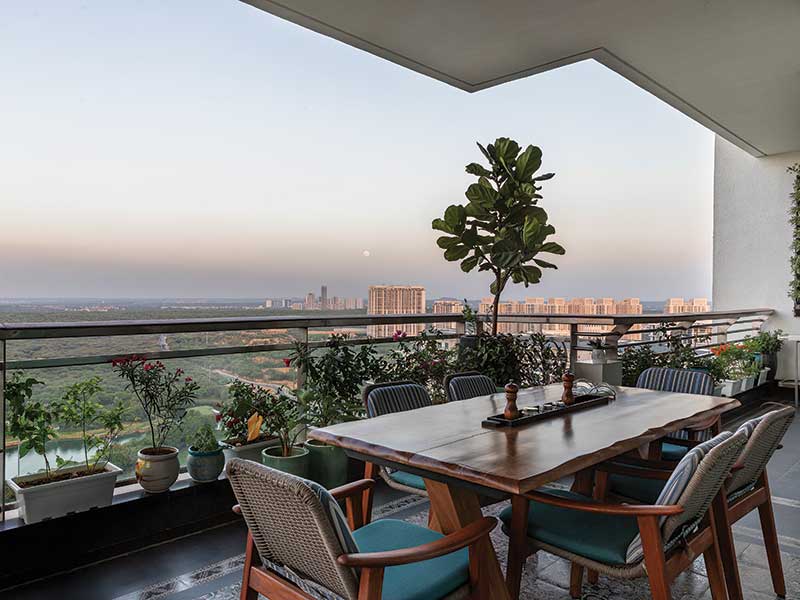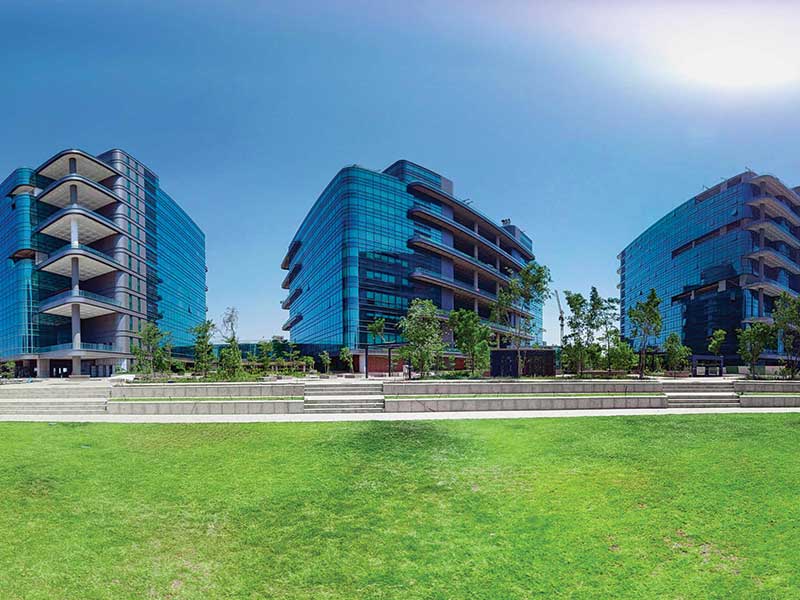Dr. Jaspal Singh, Chief Engineer, Punjab Agricultural University, Ludhiana
Heritage site
A historic site or heritage site is an official location where pieces of political, military, cultural, or social history have been preserved due to their cultural heritage value. Historic sites are usually protected by law, and many have been recognized with the official national historic site status. A historic site may be any building, landscape, site or structure that is of local, regional, or national significance.
Historic sites are classified in three broad categories
- Documentary sites: primary objective is to document a specific historic event or a specific person or group.
- Representative sites: primarily focused on representing a historical period or way of life.
- Aesthetic sites: focused on history of art or conceptions of beauty.
UNESCO World Heritage Sites
The United States initiated the idea of cultural conservation with nature conservation. A White House conference in 1965 called for a 'World Heritage Trust' to preserve "the world's superb natural and scenic areas and historic sites for the present and the future of the entire world citizenry." The Convention came into force on 17 December 1975. United Nations Educational, Scientific and Cultural Organization (UNESCO) lists places of special, cultural or physical significance and of outstanding universal value. These places are named as UNESCO World Heritage Sites.
Categorization on the basis of World Heritage Sites
- Brown: nations with 40 or more heritage sites
- Light brown: nations with 30 to 39 heritage sites
- Orange: nations with 20 to 29 heritage sites
- Blue: nations with 15 to 19 heritage sites
- Green: nations with 10 to 14 heritage sites
| Indian Properties inscribed on the World Heritage List (32) |
| Cultural |
| Agra Fort (1983) |
| Ajanta Caves (1983) |
| Buddhist Monuments at Sanchi (1989) |
| Champaner - Pavagadh Archaeological Park (2004) |
| Chhatrapati Shivaji Terminus (formerly Victoria Terminus) (2004) |
| Churches and Convents of Goa (1986) |
| Elephanta Caves (1987) |
| Ellora Caves (1983) |
| Fatehpur Sikri (1986) |
| Great Living Chola Temples (1987) |
| Group of Monuments at Hampi (1986) |
| Group of Monuments at Mahabalipuram (1984) |
| Group of Monuments at Pattadakal (1987) |
| Hill Forts of Rajasthan (2013) |
| Humayun's Tomb, Delhi (1993) |
| Khajuraho Group of Monuments (1986) |
| Mahabodhi Temple Complex at Bodh Gaya (2002) |
| Mountain Railways of India (1999) |
| Qutb Minar and its Monuments, Delhi (1993) |
| Rani-ki-Vav (the Queen's Stepwell) at Patan, Gujarat (2014) |
| Red Fort Complex (2007) |
| Rock Shelters of Bhimbetka (2003) |
| Sun Temple, Konark (1984) |
| Taj Mahal (1983) |
| The Jantar Mantar, Jaipur (2010) |
| Natural |
| Graet Himalayan National Park Conservation Area (2014) |
| Kaziranga National Park (1985) |
| Keoladeo National Park (1985) |
| Manas Wildlife Sanctuary (1985) |
| Nanda Devi and Valley of Flowers National Parks (1988) |
| Sundarbans National Park (1987) |
| Western Ghats (2012) |
Buildings of Architectural Significance
The explanations of some of the buildings on the World Heritage list are as below:Agra Fort
It is also known as the Red Fort of Agra, which represented Mughal opulence and power as the centre piece of their empire. The fortress located on the right bank of the Yamuna River, built in red sandstone, covering a length of 2.5 kilometres and surrounded by a moat, encloses several palaces, towers and mosques. The impressive structures built within the precincts of the fort are the Khas Mahal, the Shish Mahal, Muhamman Burje (an octagonal tower), Diwan-e-Khas, Diwan-e-Aam, white marble mosque or the Pearl Mosque and the Nagina Masjid. These monuments are remarkable for the fusion of Persian art of the Timurid and the Indian art form. It is very close to the famous Taj Mahal with a buffer zone separating the two monuments.
Buddhist Monuments at Sanchi
These are a group of Buddhist monuments located in Madhya Pradesh. The principal monument is Stupa 1 (as shown) dated to the 2nd century and 1st century BC. These Buddhist sanctuaries were active Buddhist religious monuments, which flourished till the 12th century. The sanctuary has a plethora of monolithic pillars, palaces, temples, and monasteries in different status of preservation.
Chhatrapati Shivaji Terminus
It is a historic railway station in Mumbai, which serves as the headquarter of the Central Railways. It is one of the busiest railway stations in India, and serves Central Railway trains terminating in Mumbai as well as the Mumbai Suburban Railway. The station was designed by Frederick William Stevens, a consulting architect in 1887–1888. It took ten years to complete and was named "Victoria Terminus" in honour of the Queen and Empress Victoria; it was opened on the date of her Golden Jubilee in 1887. This famous architectural landmark in Gothic style was built as the headquarter of the Great Indian Peninsular Railway. In 1996, in response to demands by the Shiv Sena and in keeping with the policy of renaming locations with Indian names, the station was renamed by the state government after Chatrapati Shivaji.
Fatehpur Sikri
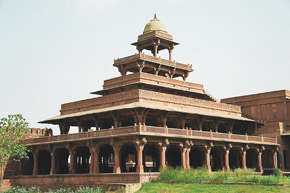
Also called "the City of Victory," was built during the second half of the 16th century by the Mughal Emperor Akbar. It was the capital of the Empire and seat of the grand Mughal court, but only for 14 years. Despite bearing exceptional testimony to the Mughal civilization at the end of the 16th century, it had to be abandoned due to the twin reasons of lack of water and unrest in north-west India, leading the Emperor to shift the capital to Lahore. The complex of monuments and temples, all uniformly in Mughal architectural style, includes one of the largest mosques in India, the Jama Masjid, the Buland Darwaza, the Panch Mahal, and the Tomb of Salim Chishti. The English traveller Ralph Fitch considered the city in 1585 as 'considerably larger than London and more populous.' Its form and layout strongly influenced the evolution of Indian town planning, notably at Shahjahanabad (Old Delhi). The city has numerous other palaces, public buildings and mosques, as well as living areas for the court, the army, servants of the king and for an entire population whose history has not been recorded.
Humayun's Tomb, Delhi
The first tomb built with several innovations, set at the centre of luxurious gardens with water channels, was the precursor monument to the Taj Mahal. Its architecture is credited to Mirza Ghiyath and its Mughal architectural style has been acclaimed as the "necropolis of the Mughal dynasty" for its double domed elevation provided with Chhatris. Apart from the tomb of Humayun, the funerary also has 150 tombs of various members of the royal family. The tomb is built with a char-bagh (fourfold) layout with two gates, one on the south and the other on the west. It has a number of water channels, a pavilion and a bath. The tomb set on an irregular octagonal plinth has a raised dome of 42.5m height, covered by marble slabs and decorated with chhatris.
Khajuraho Group of Monuments
These are attributed to the Chandela dynasty, which, under sovereignty of Gurjar Pratihars reached its glory. The ensemble of monuments that have survived belong to the Hindu and Jain Religious practices with striking fusion of sculpture and architecture; the best example of this outstanding feature is seen in the Kandariya Temple.
Mahabodhi Temple Complex at Bodh Gaya, Bihar
The structure has been built in bricks and is a unique property of cultural and archaeological importance.
Qutb Minar and its Monuments, Delhi
The complex has the Qutb Minar as the centre piece, which is a red sandstone tower of 72.5 metres height with a base of 14.32 metres reducing to 2.75 metres diameter at the top. The complex also has a shining iron pillar of 7.02 metres height (without any trace of rusting) erected at the centre of the complex.
Red Fort Complex
Red Fort Complex also known as Lal Qila is a palace fort built in the 17th century by Shahjahan, the fifth Mughal Emperor as part of his new capital city of Shahjahanabad. It is located to the north of Delhi. It represents the glory of the Mughal rule and is considered the highpoint of Mughal architectural, artistic, aesthetic creativity. The architectural design of the structures built within the fort represents a blend of Persian, Timuri, and Indian architectural styles.
The planning and design of this complex, in a geometrical grid plan with pavilion structures, was the precursor of several monuments which were built later in Rajasthan, Delhi, Agra, and other places. The palace complex has been fortified by an enclosure wall built with red sand stone (hence the name Red Fort).
Konark Sun Temple
It is a 13th-century Sun Temple (also known as the "Black Pagoda"), at Konark, in Orissa. Located on the east coast of the Bay of Bengal in the Mahanadi Delta, it is built in the form of the chariot of Surya (Arka), the sun god with 24 wheels, and is heavily decorated with symbolic stone carvings and led by a team of six horses. It was constructed from oxidizing weathered ferruginous sandstone by King Narasimhadeva I of the Eastern Ganga Dynasty. The temple is one of the most renowned temples in India.
Taj Mahal
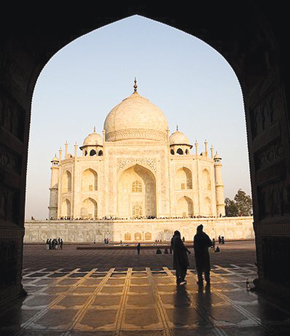
One of the Seven Wonders of the World is a mausoleum – a funerary mosque. It was built by Emperor Shahjahan in memory of his third wife Begum Mumtaz Mahal who had died in 1631. It is a large edifice made in white marble in typical Mughal architecture, a style that combines elements from Persian, Islamic and Indian architectural styles. This much acclaimed masterpiece was built over a 16 year period between 1631 and 1648 under the Chief Architect Ustad Ahmad Lahauri supported by several thousand artisans under the guidance of an Imperial Committee. It is set amidst vast Mughal Gardens, which cover 17 hectares of land on the right bank of the Yamuna River. It has an octagonal layout marked by four exclusive minarets at four corners with a pristine elevation of a central bulbous dome below which the tombs are laid in an underground chamber. Calligraphic inscriptions in-crusted in polychromatic pierra dura, decorative bands, and floral arabesques glorify the monument's graphic beauty and provide a picture perfect impression to the viewers.
The Jantar Mantar in Jaipur
It is a collection of architectural, astronomical instruments, built by Maharaja (King) Jai Singh II at his then new capital of Jaipur between 1727 and 1734. It is modelled after the one that he had built at the Mughal capital of Delhi. He had constructed a total of five such facilities at different locations, including the ones at Delhi and Jaipur. The Jaipur observatory is the largest and best preserved of these and has a set of some 20 main fixed instruments built in masonry.
The Importance of Preserving Historical Buildings
It is said that
"Memory is the treasure house of the mind wherein the monuments thereof are kept and preserved."
Preservation of historical buildings and sites involve maintaining the integrity of the place through protection and restoration using both old and new materials.
Historical places give glorified pictures of one country. They not only give us idea about the socio-economic state of the country but also give a vivid idea about the religious and political status.
Historical places not alone for India but to the world are the pictures of the rule, the culture, the faith of changing times which that particular area underwent with the ages. Historical places are there to show light on our earlier generations, their way of living, their skills, their knowledge etc.
Monuments are the grappling-irons that bind one generation to another. One of the reasons to preserve historical buildings is the character they bring to a neighborhood or a place. Buildings and spaces with history have character. They bring a certain charm to a neighborhood that new buildings don't.
Historical establishments serve as reminders of the past. Understanding the past, having reminders of the past even just in architecture will allow people to understand where they are and where they are headed. When people understand what the community has gone through and have visual reminders of their past then they can feel more connected to a place. The historical buildings can allow people to understand what happened in the past and how things could possibly play out in the future. Preserving our past gives us more understanding and hope for the future.
References
http://en.wikipedia.org/wiki/World_Heritage_Site
http://en.wikipedia.org/wiki/Historic_site
http://tmsarchitects.com/inspirations/the-importance-of-preserving-historical-buildings
